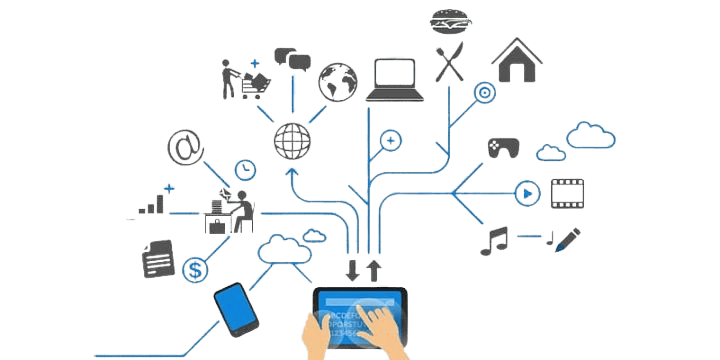A bug is a flaw in an application’s architecture, configuration, or coding that causes it to fail. As a result, any vulnerabilities that interrupt the software development process must be monitored during the software development lifecycle. This is intended to ensure the accuracy of the code. A bug-ridden product is destined to fail. Computer testers use error management techniques to easily remove these issues. These defect management tools make it much easier to hunt down bugs and fix them. Bug reviews assist with getting the app up to international standards and best practices. Furthermore, using these instruments, testers can quickly and conveniently streamline and arrange any defects.
There are many benefits of using these defect management tools. However, software testers mainly use these methods to ensure that bugs are correctly handled and removed. Project managers, program testers, and QA representatives may use these tools to ensure consistency without losing other variables. The aim of using these methods is to ensure that fault management is as successful as possible. This means that software consistency is maintained and no other factors are compromised.
Problems – Defect Management Tools
Early identification necessitates early intervention. Early identification in software development assists in the elimination of bugs earlier in the development process, culminating in the release of error-free software. Both bugs are documented in a fault management tool. As a result, assigning any error that appears early in the implementation process to a tester makes it easier to fix. Furthermore, these bugs can be fixed later. Test management systems are innovative in that they assist in the development of bug-free software that meet quality requirements with ease.

Quality
To ensure that they are able to complete all projects successfully, quality developers use issue monitoring software. These tools are used by testers to ensure that the software’s functionality remains high. Furthermore, testers will easily monitor all bugs in one location. This tool will also be used to delegate assignments to all members of the team. These techniques aim to minimize program vulnerabilities. These tools aid in efficient bug control by monitoring, evaluating, and fixing the bug. Software testers can deliver tasks in a timely and cost-effective way as a result of the value that these resources offer.
What is the Method of Defect Management?
Defect Management is a tool for finding and addressing bugs. The phases of a fault management period are as follows:
- Detection of a Defect
- Categorization of Defects
- Defect Fixing by Developers
- Testers’ verification
- Repair of the flaw
- Fault Findings at the Project’s End
Discovery
The project teams must find as many flaws as possible during the discovery process before the end-user notices them. When the developers recognize and recognize a flaw, it is said to be found and changed to status approved.
Classification
Software developers may use defect categorization to prioritize their activities. That is, having a high priority allows developers to focus on addressing the most critical bugs first.
Resolving Defects
In software testing, fault resolution is a step-by-step procedure for resolving issues. The fault resolution process begins with the test manager assigning faults to developers. Who then plans the defect to be corrected according to priority. Defects are then fixed, and developers submit a resolution report to the test manager. This approach makes it possible to correct and document defects.
Authentication – Defect Management with Tracking Tools
The inspection team verifies that the defects have been corrected after the production team has patched and registered them.
RELATED ARTICLE: Benefits of Best-In-Class Cloud-Based Accounting Software in Today’s Markets
Completion
The classification of a flaw is updated to closed until it has been corrected and checked. If this is not the case, you must give a note to production to get the defect tested again
Reporting of Faults
A defect In software testing, reporting is the method of test managers preparing and sending fault reports to the management team for input on the defect management process and the status of defects. The management team then reviews the defect report and gives recommendations or offers additional assistance if appropriate. Defect monitoring aids in improved communication, tracking, and explanation of defects.
The executive board has the right to know how many defects there are. To help you with this project, they must grasp the fault management process. As a result, you must notify them of the latest defect condition in order to get input.
Final Thoughts: Defect Management
The aim of defect management tools is to keep track of the underlying faults and vulnerabilities in an application. Furthermore, these methods aid in the improvement of software efficiency. An issue monitoring tool makes it simple to track down, categorize, and prioritize bugs. Developers and testers can interact effectively with one another. These tools can also be customized a lot more. Using a successful problem monitoring platform assists businesses in developing high-quality apps that maintain user satisfaction. So, what do you have to lose? It’s time to get your hands on a strong defect management platform so you can release flawless apps and devices.



